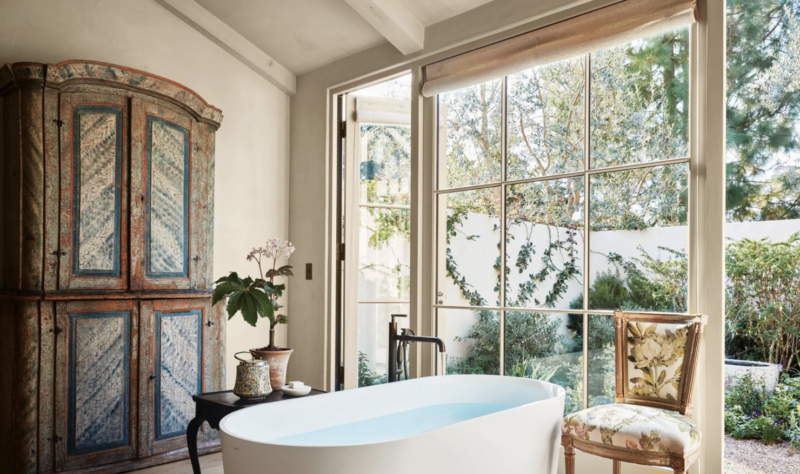The science is complicated. The marketing is unregulated. Why it’s so hard to know what makes a healthy home.
An irony: learning about health risks in the home is not particularly good for your mental health. If you talk to doctors, researchers and scientists on the subject, each conversation will raise your stress levels. You will find yourself worrying about chemicals you can’t pronounce lurking in furniture. A healthy home isn’t a subject for the faint of heart.
It is increasingly a subject for interior designers. As the concept of wellness is now mainstream and an integral aspect of crafting a home. Most designers will tell you that every one of their projects has a wellness component and that their clients turn to them to create not only a beautiful home but one that improves the quality of their lives.

Assessing health risks in the home catapults designers into the world of science and medicine, navigating complex issues. Image via Milk Decoration Magazine; courtesy Dibble Photo.
Big Business
Wellness isn’t just a buzzy cultural concept, it’s big business. The Global Wellness Institute reports that wellness is now a $4.5 trillion market, $134 billion of which is devoted to holistic-oriented real estate. So it’s no surprise that a growing number of designers see a focus on health as a way to demonstrate value.
Undoubtedly, one of the reasons that wellness has become such a thing is that the concept itself is so flexible.
“Wellness” can mean anything from an exercise room to sustainable building materials (the health of the environment is often cited as a central pillar of wellness). But surely any definition of wellness in the home has to include considerations of human health and safety. A designer can create a serene meditation room for a client, but if the walls are slathered in lead paint and the furniture is leaking carcinogens, the harm eats into the benefits.
The Science
Assessing health risks catapults designers into the world of science and medicine, navigating complex issues. However, before you begin researching the subject, don’t assume that most potential home dangers—toxic off-gassing, carcinogenic dust, dirty air—are well-regulated. Surely there is some government-vetted website that lists them in alphabetical order, and the challenge is simply for designers to read it, then educate their clients. As it turns out, understanding the risks, in the first place is maddeningly complex.
Worrying about the unseen dangers lurking in our homes is an old phenomenon.
In 1786, Benjamin Franklin wrote a letter describing the toxic effects of lead paint on those who used it frequently: “dry gripes” (a stomach colic) and “dangles” (wrist drop). What’s new is the sheer volume of things to worry about. Over the past century, a combination of technological advancement and mass consumer culture has invited tens of thousands of new chemicals through our front doors. Are they safe? Maybe. It’s a common assumption that the chemicals in consumer products are required to be rigorously tested before they’re sold to the public. They’re not. A 1976 bill, the Toxic Substance Control Act, cemented a regulatory framework that is sometimes derisively referred to as “innocent until proven guilty.” Essentially, companies sell their products on the open market, and if, after the public has been exposed, there’s reason to believe they’re causing harm, the government will study them—in some cases.
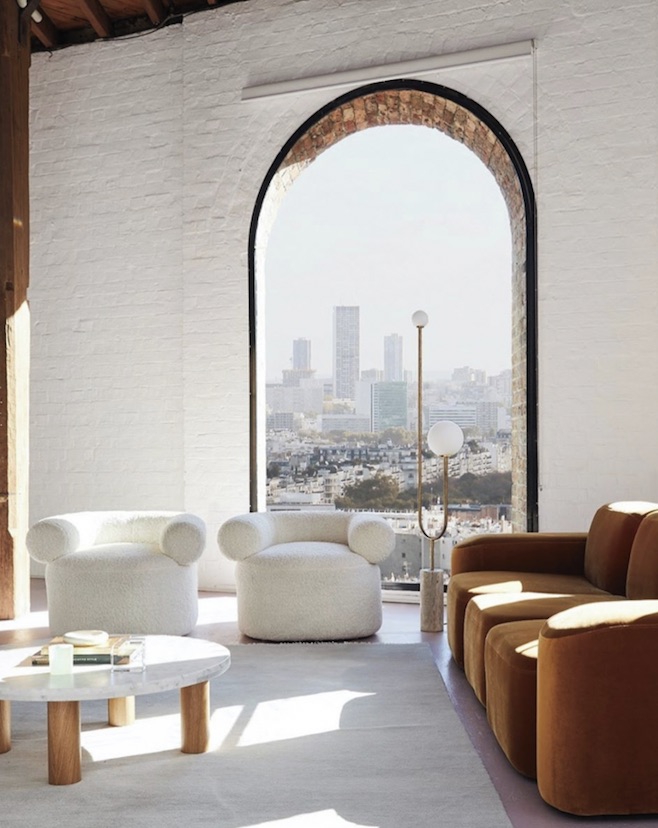
It’s not paranoid to worry that potentially harmful substances are slipping through this loose regulatory net and making their way into homes. Photo: Dave Wheeler; interior design Sarah Ellison Studio.
The Testing and Standard Regulations
An update to the law, passed in 2016, strengthened federal agencies’ ability to intervene, but the basic truth remains: The vast majority of chemicals in consumer products have not been tested for long-term health effects.
Because chemical recipes are often considered trade secrets and therefore protected by law, the government isn’t always aware of what’s actually in a given product.
And even in the instances when a chemical is determined to have negative effects on human health, regulation often lags far behind a diagnosis. Take lead paint. Though its negative health effects were known for hundreds of years, it wasn’t outlawed in residential buildings in the United States until 1978 (and is still legal in many countries around the world). Asbestos, long known as a potent carcinogen, has never been banned outright.
It’s not paranoid to worry that potentially harmful substances are slipping through this loose regulatory net and making their way into homes. There are many known examples. Formaldehyde is a commonly used ingredient to make the resin that binds together particleboard; when it’s present in the air, formaldehyde can also lead to skin irritation, respiratory problems, and, in extreme doses, has been linked to cancer. Benzene is an ingredient in many paints and glues—and a known carcinogen. Phthalates are nearly ubiquitous chemicals that increase the flexibility of plastic and are found in everything from vinyl flooring and carpets to shower curtains and deodorant; they’re also endocrine disruptors that have the potential to derail our hormonal systems.
These chemicals enter our bodies in a variety of ways. Sometimes, they break down into dust, which is either ingested or inhaled. Some evaporate easily at room temperature and enter the air we breathe—a phenomenon known as off-gassing. Commonly classified as volatile organic compounds (more commonly referred to as VOCs), these chemicals make up a large portion of indoor pollutants. “We spend 27 years in bed, and a good half of our life in our primary residence. The majority of the chemicals that we are exposed to have a higher concentration in indoor environments compared to outdoors—and we spend most of our time indoors.” Certainly, many potentially harmful chemicals are only present in our homes in trace amounts.
But one of the ironies of the modern age is that, while pressure from the environmental movement has improved the quality of outdoor air, we’re increasingly living indoors—we spend 90 percent of our lives inside. And according to the Environment Protection Authority, concentrations of pollutants can be two to five times worse inside than outside.
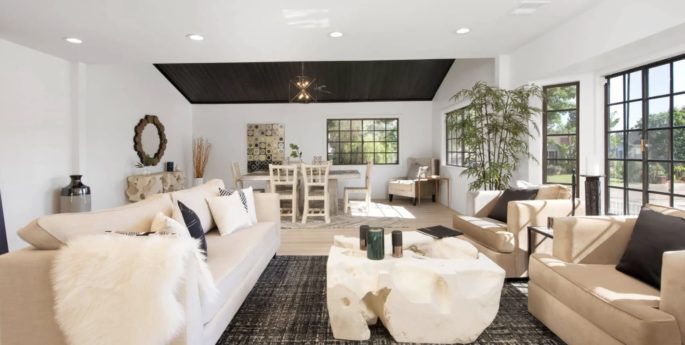
We spend 90 percent of our lives inside, and according to the EPA, concentrations of pollutants can be two to five times worse inside than outside. Image of Jennifer Lopez’s new house in Encino via Architectural Digest.
Indoor Air Quality
When I spoke with Dustin Poppendieck, an environmental engineer who studies indoor air quality at the National Institute of Standards and Technology, about the exposure risks at home, he was precise, if not reassuring. “We spend 27 years in bed, and a good half of our life in our primary residence. The majority of the chemicals that we are exposed to have a higher concentration in indoor environments compared to outdoors—and we spend most of our time indoors.”
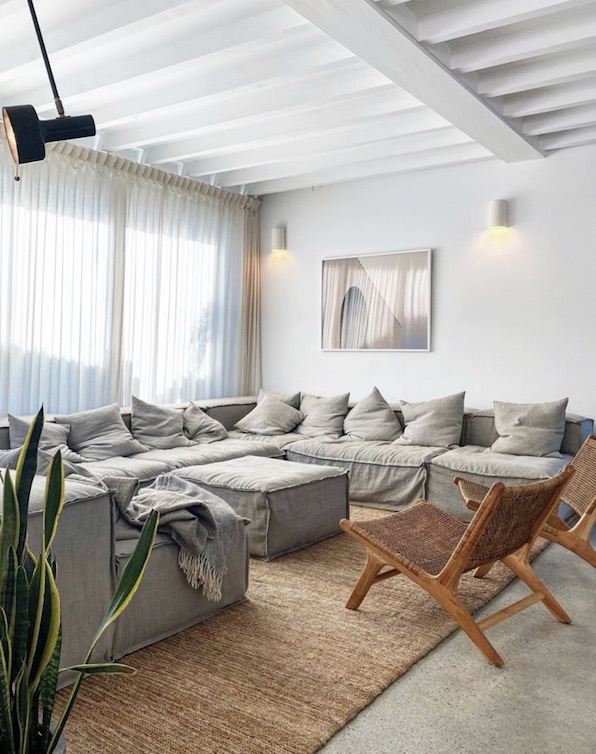
Household chemicals enter our bodies in a variety of ways. Sometimes, they break down into dust, which is either ingested or inhaled.
The Unknowns
Poppendieck was also candid about the challenges of studying an environment with so many unknowns. “The difficulty with the indoor environment is that a lot of it is unknown risks. There are thousands of chemicals. It’s like Pandora’s box: Every time you think you know something, 10 other problems pop up.”
That challenge was echoed by Colorado State University who focuses on environmental chemistry. In 2018, she helped supervise an experiment, HOMEChem, designed to test the effects of day-to-day household tasks on indoor air quality. The research saw a small army of professors and students (and millions of dollars’ worth of monitoring equipment) cram into a ranch home at the University of Texas at Austin. For four weeks, the team mopped, cooked and measured obsessively. The experiment concluded with a midsummer Thanksgiving feast.
One of the goals of the research was to study the chemistry of indoor air in a “real” environment and analyze the cumulative effects. “It’s not just single chemicals getting released into the air,” she said.
Indoor chemistry is very complex—it’s all these different reactions happening at once.
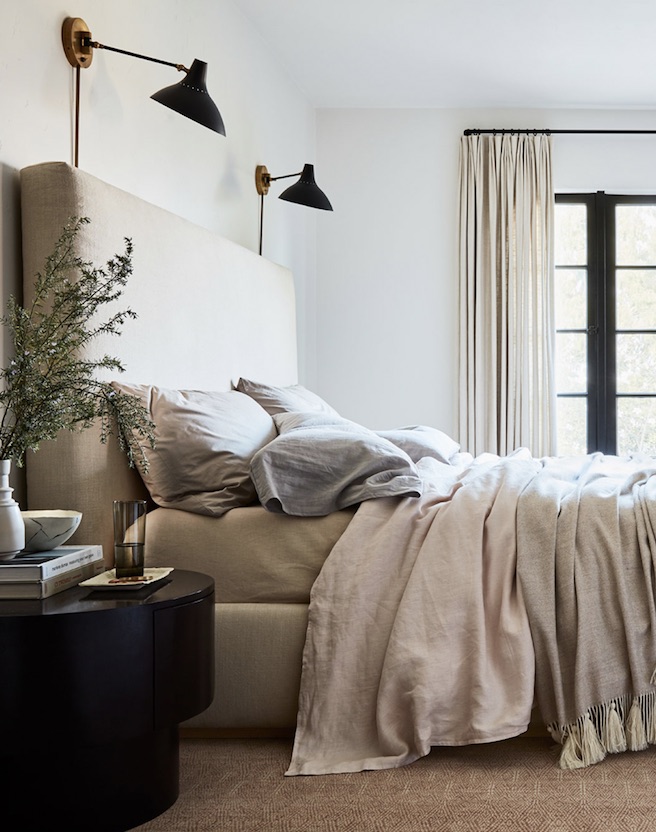
We spend 27 years in bed, and a good half of our life in our primary residence. The majority of the chemicals that we are exposed to have a higher concentration in indoor environments compared to outdoors—and we spend most of our time indoors. Image via Armadillo & Co.
Improving Indoor Environments
The early results were striking. One thing was abundantly clear: Indoor air quality can get really, really bad. Everything from using bleach-based cleaners to toasting bread and cooking stir-fry pumped out copious VOCs and particulates—to the extent that Farmer and her team had to recalibrate some of their equipment to measure higher concentrations than expected.
In an article chronicling the experiment in The New Yorker, one of the scientists was quoted as observing that, in the thick of Thanksgiving prep, the air inside the ranch home was worse than the air in New Delhi, the world’s most polluted city.
The more experts I talked to, the more pervasive the risks seemed. Harmful chemicals in the home can often have a greater impact on children than on adults (they’re more likely to ingest dust, and a lower body weight increases the impact of toxins).
To sum up: We often don’t know exactly what chemicals are in the products we bring into our home. Nor do we have a complete picture of how they’re reacting with each other. We know that some of them are definitively linked to health risks yet aren’t banned. Also, we have reason to suspect that indoor air quality could potentially be far worse than most of us would have imagined.

The result of household chemicals is a muddled landscape—one in which it’s extremely difficult to assess what’s a serious health risk and what’s manufactured hype and paranoia. Photo by Mike Karlsoon Lundgren or Shabnam Aslani home; design Sophia Bratt.
Empowering People
How, does anyone survive a day at home? That’s the million-dollar question. It’s difficult to study individual health effects. One of the great challenges of assessing health risks in the home is linking cause to effect. Because we’re exposed to such a wide variety of chemicals and particulates in tiny amounts, it’s incredibly difficult to know what effect any one of them individually has on our health, especially because many of the risks are presumed to accumulate over long stretches of time.
The boundaries of responsible science create a frustrating psychological dilemma: We’re acutely aware of the many sources of potential risk in our homes, but we’re also unable to say with precision how risky each of them is—and are thus limited in our ability to mitigate that risk.
Scientists and doctors speak in the language of certainty—hypotheses, tests and conclusions. It’s understandable that they shy away from overstating the conclusions of their research. However, the vacuum of definitive information does end up getting filled—usually by marketing.
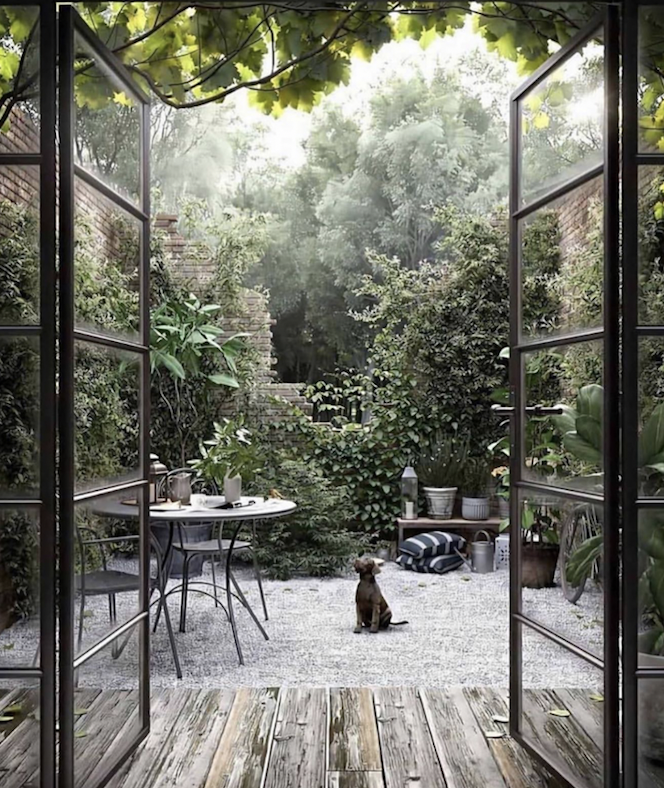
When something is labeled as ‘natural’—there’s no regulation that determines what ‘natural’ means.
The Marketing
As the concept of wellness has risen in our cultural awareness, it’s only natural that companies have taken note and begun to create products (or reframe existing products) that suggest a health benefit. Words like nontoxic, natural and pure have become commonplace in advertising for everything from cleaning supplies to mattresses. These terms evoke the idea of health and well-being. They’re also mostly unregulated.
When something is labeled as ‘natural’—there’s no regulation that determines what ‘natural’ means. Any label other than ‘USDA Organic’ has no standardisation behind it.
You have no idea what they’re talking about when they say, ‘natural,’ ‘pure,’ or ‘earth-based.’ They really don’t mean anything.
The concept of a “chemical-free” mattress is ludicrous. Unlike the word pure, the phrase low-VOC is not meaningless, but its standardisation is murky. The EPA’s definition of a low-VOC product pertains to its relatively low concentration of volatile organic compounds.
There is also no centralised list of precisely which chemicals must be eliminated—and even paints that promise to lower emissions don’t always deliver. A 2015 study published in Building and Environment found that the “differences between conventional paints and low-VOC and zero-VOC formulations are not as significant as expected.”
In short, the term low-VOC alone doesn’t guarantee that there are no toxic chemicals in a paint. Nor does the designation imply that there have been any long-term studies that prove the paint is “healthy.” To be clear, low-VOC paint is not necessarily less healthy than conventional paint.
The result is a muddled landscape—one in which it’s extremely difficult to assess what’s a serious health risk and what’s manufactured hype and paranoia. The uncertainty of the science around indoor air quality also makes the field ripe for “greenwashing” and “well-washing,” two deceptive spin practices that are becoming increasingly intertwined. The linking of health and environment is a phenomenon I became acutely aware of when researching this article. I often found myself beginning conversations talking about health risks in the home, slipping into discussions about sustainability, then sliding back again—all without noticing the change of subject. “I always pitch healthier choices as a long-term investment. We build homes that people want to be in for the rest of their lives, and once you get into the weeds, people see it’s worth it.”
That’s no accident, says Suzanne Shelton, a sustainability marketing expert whose agency conducts a thrice-yearly poll on consumer beliefs and expectations of companies related to sustainability. “It’s a funny thing, but most people don’t put [health and sustainability] into separate buckets,” she says. “We have so many things to pay attention to, we don’t have the time to pay attention to the complexity of sustainability, so consumers just put companies on a good list and a bad list.”
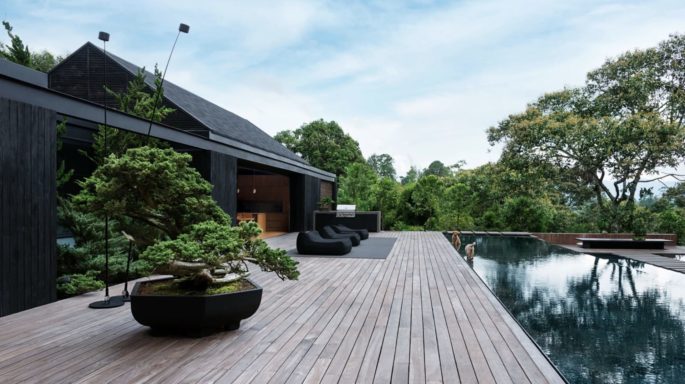
Inside Latin Music Hitmaker J Balvin’s Country Retreat and Tranquil City Home, archdigest.com
Sustainability and Healthiness
The conflation of sustainability and healthiness is pretty standard—though the connection isn’t always there and linking the two can set a dangerous precedent. “One of the shocking things about corporate sustainability is that it’s often an island,” says Shelton. “Companies all have sustainability departments, but they’re frequently disconnected from the teams in charge of social responsibility and they may not have a lot of say over what happens with product development and sourcing.”
And even if companies are completely sincere in their efforts to produce both a healthy and environmentally sustainable product, the two ideals don’t always perfectly align. In fact, one of the most basic challenges of indoor air quality is a byproduct of green thinking: As our homes have become more energy-efficient, they’ve also become more tightly sealed—leading to worse indoor air quality. The world resists easy solutions.
That’s not to say that there are no solutions. I had hoped that this article would yield clear, definitive answers about health risks in the home. Instead, the subject seemed to become impossibly complex, full of unknowable dangers and unanswerable questions. However, there are reasons to be optimistic.
“The positive part is we have some control,” says Poppendieck. “Yes, there are a multitude of chemicals in the indoor environment, but we have the ability to choose which ones we bring into our homes.”
It’s worthwhile to dig into the details when studying specific chemicals; ingredients such as formaldehyde, benzene and phthalates should be avoided whenever possible. However, given the complexity of the science, many of the experts advocated for keeping the big picture in mind as well. Proper ventilation was a unanimous suggestion, especially in the kitchen. (“I used to be a bit lazy about turning on the ventilator over my stove,” says Farmer. “Not anymore.”)
Another unanimous suggestion: the smell test.
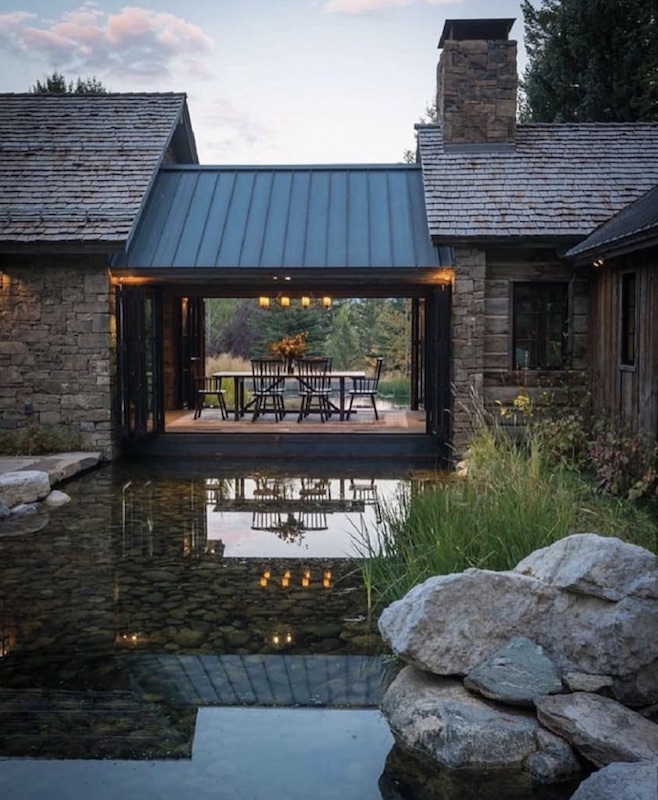
Not all harmful chemicals in our homes emit an odour, nor are all scents proof-positive of brewing toxins. But all scents indicate that a chemical reaction is occurring, so it’s generally safer to cut down on anything that has a strong smell.
Beware Strong Scents
Certainly, not all harmful chemicals in our homes emit an odour, nor are all scents proof-positive of brewing toxins. But all scents indicate that a chemical reaction is occurring, so it’s generally safer to cut down on anything that, well, stinks. That includes minimising relatively obvious noxious scents, like sealants and finishes, but also getting rid of products that are supposed to smell good—everything from dryer sheets to heavily scented soaps and candles.
“If I were king for a day, and could ban something, I would ban fragrances,” says Paulson. “Many are made up of chemicals that are endocrine disruptors. If people are using fabric softener or plugged-in-air fresheners, that’s low doses of chemicals all day. Yes, your T-shirt smells delightful, but is the exposure worth having your T-shirt smell delightful?”
The most elegant solution is simple: editing, often long before the client sees a thing. Make your decisions by narrowing down the choices. A lot of beautiful options now are healthy and sustainable. Why not pick from those?
Avoid furniture makers who use topical stain protection and toxic sealants—and those who don’t let pieces properly off-gas before delivery.
Everything Counts
Indeed, while clients with young children often show a justifiably heightened interest in healthy homes, not all are eager to seek out (or pay for) the healthiest options. Use things such as water filtration units, which are both healthy and cut back on needless plastic water bottles. Hone in on details like formaldehyde-free doors. They are a long-term investment. Build a home that you want to be in for the rest of their lives. It’s good for you, and the world.
When studying the dangers, it’s easy to fall deep into a rabbit hole of paranoia and lose sight of the bigger picture: All of us, every day, make hundreds of choices that balance risk and reward. UV radiation is a known carcinogen—but we all accept that the occasional trip to the beach is part of life (and good for you, as long as you wear sunscreen). Avoid vinyl wallpaper because there’s off-gassing and it’s not sustainable. Think about your cleaning supplies. Do what you can.
Parts of this story are from an excerpt that first appeared in Business of Home. *Lead image ArchitecturalDigest.com

